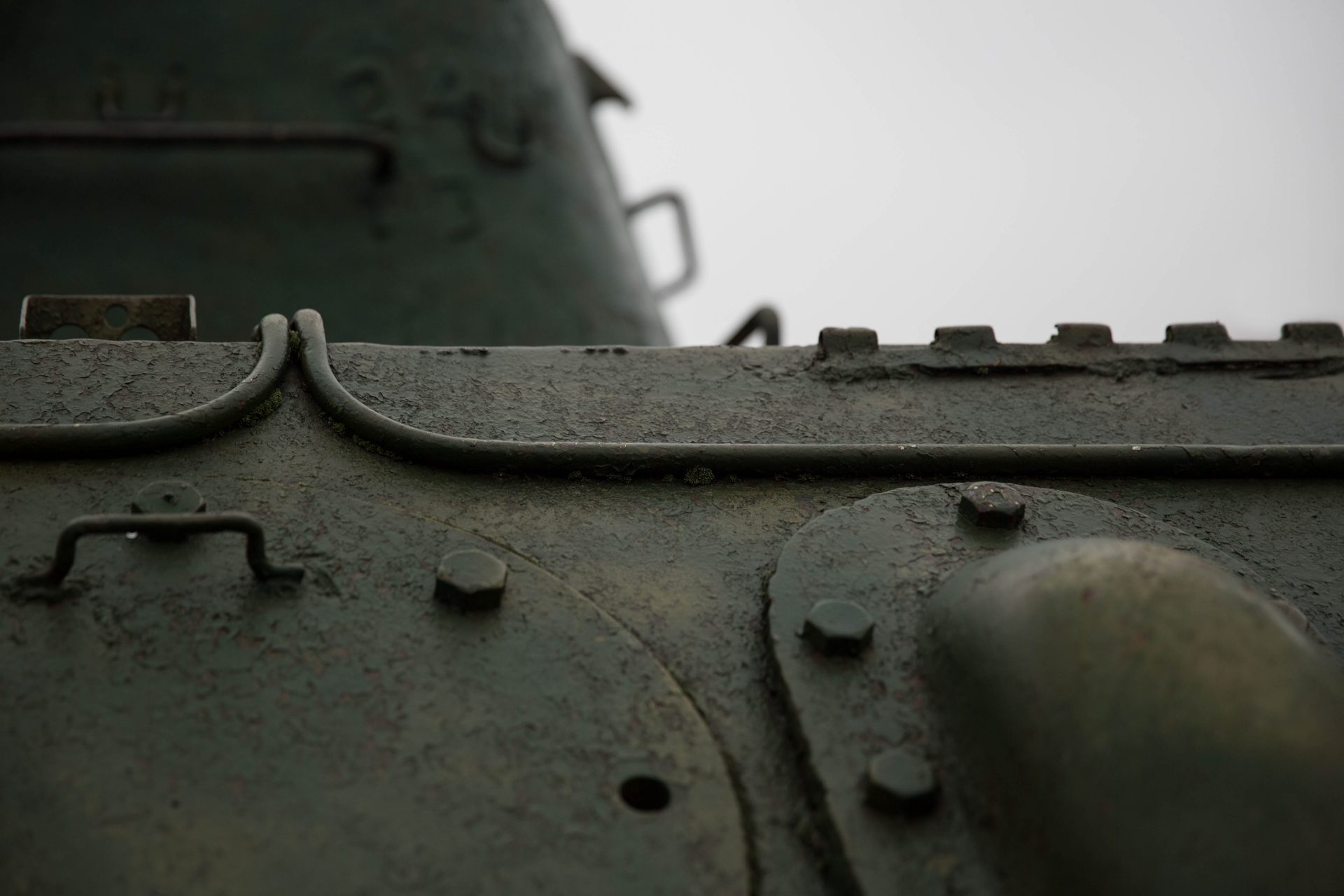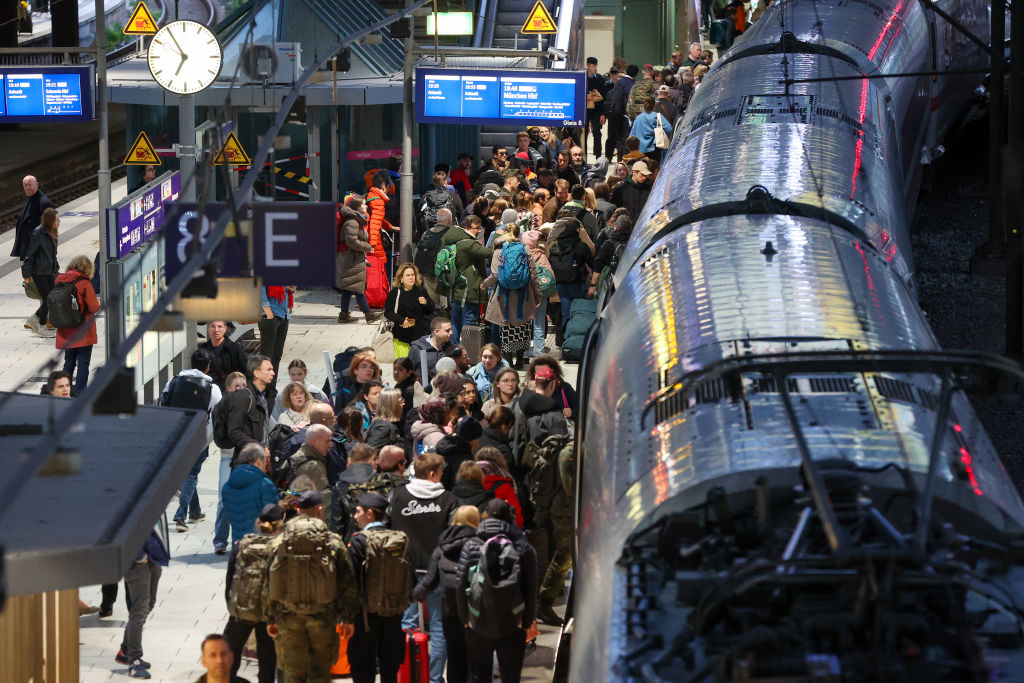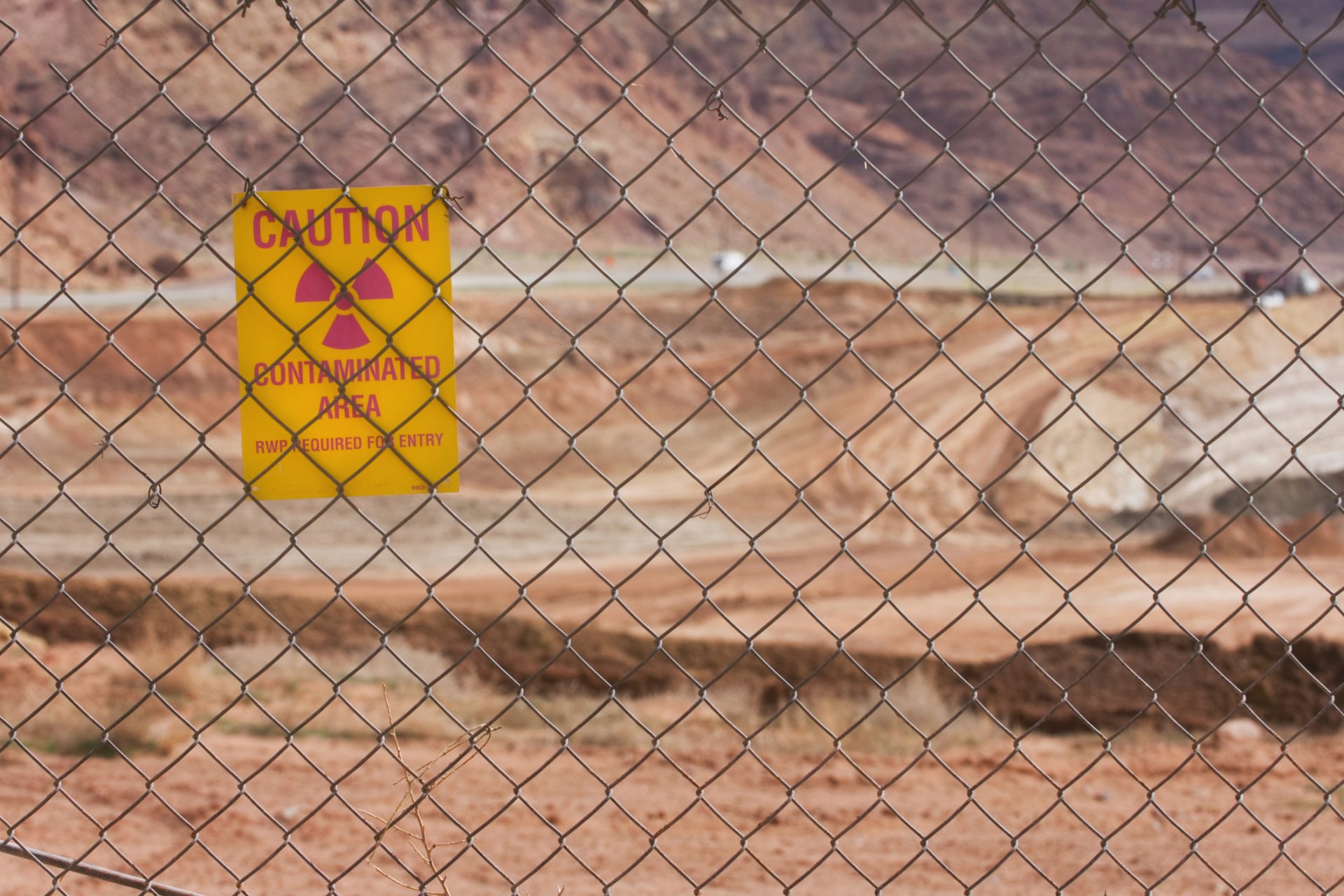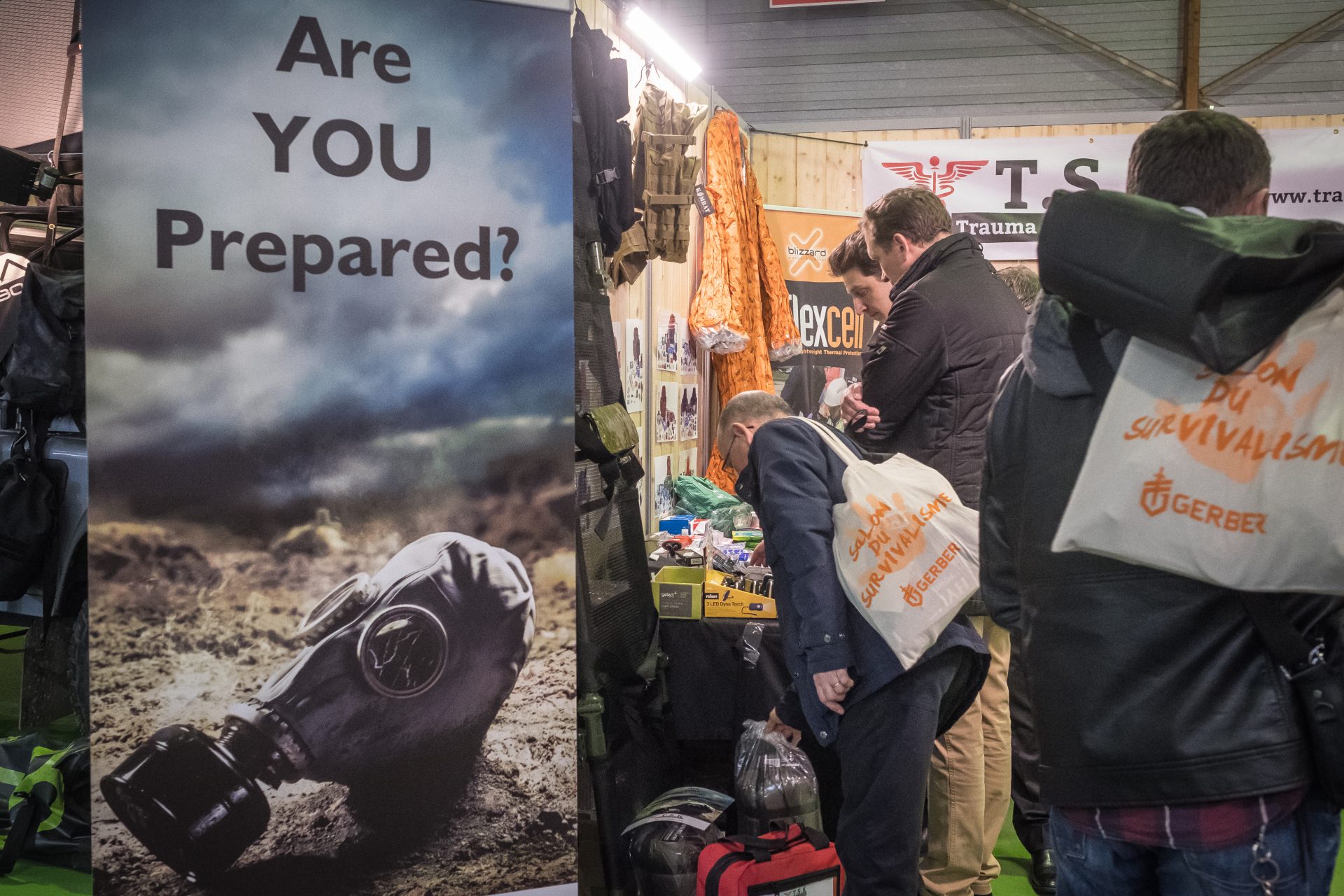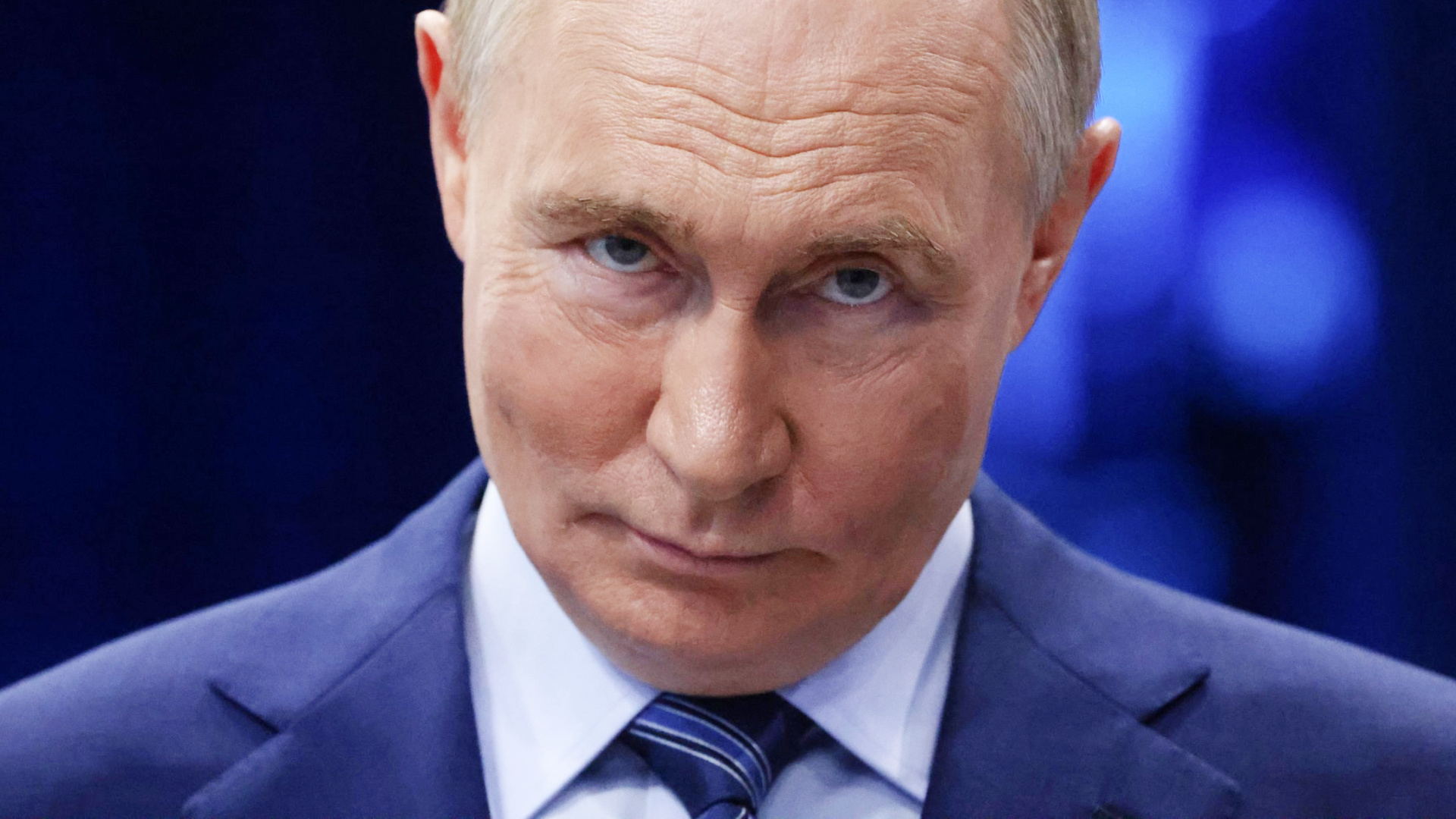Russia’s tank losses are bad but they could be worse than we think
One of the defining features of Russia’s invasion of Ukraine has been the high number of tanks Vladimir Putin’s armed forces have lost. While things have always looked bad, they could be much worse than Western observers think according to a new analysis.
Within the first several days of Russia’s invasion of Ukraine, it was clear that the nature of warfare had changed. Armored vehicles didn’t seem to be the dominant weapons on the battlefield when American-made FGM-145 Javelin anti-tank missiles were present.
Dozens of videos have made their way onto the internet showing just how effective the Ukrainian armed forces have become at destroying Putin’s tanks. Current estimates by the Dutch intelligence group Oryx put Russia’s losses at 2329 as of September 23rd.
However, there has been a debate raging behind the scenes about whether or not the losses Russia has suffered to its tank stocks really matter to a country with such a large reserve of additional tanks. It turns out Moscow might be far worse off than we thought.
The French research group Institut Action Resilience recently published a new survey of Russia’s tank situation which included information published by Russia, satellite images, battlefield data, and other commercial data to develop an estimate of Moscow's stocks.
The Institut Action Resilience came to the conclusion that Russia’s tank stockpiles were a lot smaller than Moscow would want Western nations to believe and the group pegged the total number of available tanks in the Kremlin’s reserves at roughly 7000 vehicles.
“The theoretical maximum of tanks in reserve is around 7000,” analysts wrote in their report, adding that “a more likely count closer to 6000 if a hangar occupancy factor is 40% tanks.” These numbers are much lower than estimates from other research groups.
The Kyiv Post reported that the Institut Action Resilience’s estimate of Russia’s reserves stands in contrast to the number of tanks other research groups have said Moscow has available, pointing out that GlobalFirepower put Russia’s tanks at double the amount.
GlobalFirepower estimated in its 2023 annual review that the total strength of Moscow’s tank reserves stood at 12,566 vehicles with 8,168 in a state of readiness. However, this was just an estimate, and other estimates have landed at much smaller amounts.
For example, Forbes reported in February the independent Russian newspaper Novaya Gazette had found the Kremlin had roughly 8,000 tanks in storage while another analyst noted that the number was likely closer to 10,000 T-72s, T-80s, and T-90s in reserve.
However, understanding the total number of usable tanks Russia has available is tough according to Forbes’ David Axe because the condition in which they have been kept has not been one which would allow the vehicles to be quickly integrated into the war effort.
“The problem is, most of those tanks are lined up tread-to-tread in outdoor parks, where they’ve been exposed to rain and cycles of cold and hot that have rusted metal, rotted rubber, and degraded sensitive optics,” Axe wrote before continuing on to his estimates.
After taking into account other data from open-source analysts, Axe noted that Moscow might have only had as few as 3,800 repairable tanks in its reserves. The Institut Action Resilience noted in its report that Russia claimed to have 17,500 in its tank reserves.
The Institut Action Resilience noted that Russian numbers regarding their tank reserves were questionable. But the report didn’t just focus on what Russia could bring to bear in their fight against Ukraine. It also looked into the Kremlin’s inability to replace its losses.
Figures from the Institut Action Resilience estimated that Russia is only delivering 390 “renovated, modernized or new tanks” per year, which is far below the number that are being destroyed on the battlefield with roughly 2.5 tanks lost each day.
Taking all of this into account, the Kyiv Post’s Stefan Korshak wrote that Moscow could effectively run out of tanks by 2025. The Institut Action Resilience report noted that in one scenario Russia could have as few as 500 tanks of all types and models by 2025.
“This scenario would therefore lead Russia to an almost total inability to deploy more than one armored brigade in a border theater of operations,” analysts wrote. But they came to far more worrying conclusions for the Kremlin later in their analysis.
“Continued degradation under Ukrainian military pressure has the potential to bring Russian ground forces to breaking point,” analysts wrote in their conclusion, adding that the situation would prohibit “any serious offensive against the Ukrainian army.”
More for you
Top Stories



